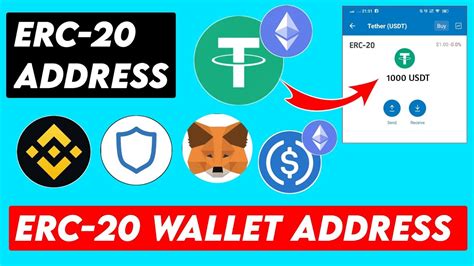Here is a news-style article with the given title:
**“Uncovering the Secrets of Layer 2 Networks and ERC-20 Smart Contracts: The Future of Cryptocurrency”
As the cryptocurrency industry continues to evolve and mature, two key components are gaining a lot of attention from investors, developers, and enthusiasts. They are Layer 2 networks and ERC-20 smart contracts.
Layer 2 networks have revolutionized the way we think about cryptocurrency scalability. Because these networks enable faster and cheaper transactions without sacrificing security, they have become an indispensable tool for large-scale applications. Many major projects such as Ethereum 2.0, Polkadot, and Solana are leveraging Layer 2 technology to increase their capacity and reduce congestion on the underlying blockchain.
One of the main advantages of Layer 2 networks is their ability to offload some of the computational load from the main chain, allowing for more efficient transactions. This can lead to significant cost savings for users as well as higher adoption rates. Additionally, by reducing the amount of gas needed to conduct transactions, Layer 2 networks have enabled the creation and maintenance of more applications.
ERC-20 smart contracts are another important part of the cryptocurrency ecosystem. As the world’s largest smart contract platform, ERC-20 has been responsible for many notable projects, including DeFi lending platforms like MakerDAO and decentralized finance (DeFi) protocols like Uniswap.
One of the main advantages of ERC-20 smart contracts is their ease of use. With a simple interface and without the need for extensive programming knowledge, these contracts can be deployed with minimal effort. This has allowed developers to create complex applications without having to learn advanced programming languages or frameworks.
However, as with any technology, there are risks associated with using ERC-20 smart contracts. One of the biggest concerns is the risk of smart contract attacks, which can result in significant losses for users. In addition, the volatility of cryptocurrency markets has led to a rise in attempts to hack ERC-20 wallets.
To mitigate these risks, it is important to use secure wallet addresses and follow asset management best practices. Common mistakes include:
- Using weak or easily guessed password combinations
- Not using two-factor authentication (2FA)
- Reusing passwords across multiple platforms
- Failing to update software and firmware regularly
To avoid these pitfalls, it is important to use a reputable wallet provider that offers robust security features. Popular options include MetaMask, Trust Wallet, and Ledger.
In summary, Layer 2 networks and ERC-20 smart contracts are key components of the cryptocurrency ecosystem. By leveraging their advantages and taking steps to mitigate risks, users can realize the full potential of these technologies and reap significant benefits. As the industry continues to evolve, it is imperative that you stay up to date with the latest developments and best practices in secure asset management.
Disclaimer:

This article is for informational purposes only and should not be considered investment advice. Always conduct due diligence and consult a qualified professional before making any investment decisions.